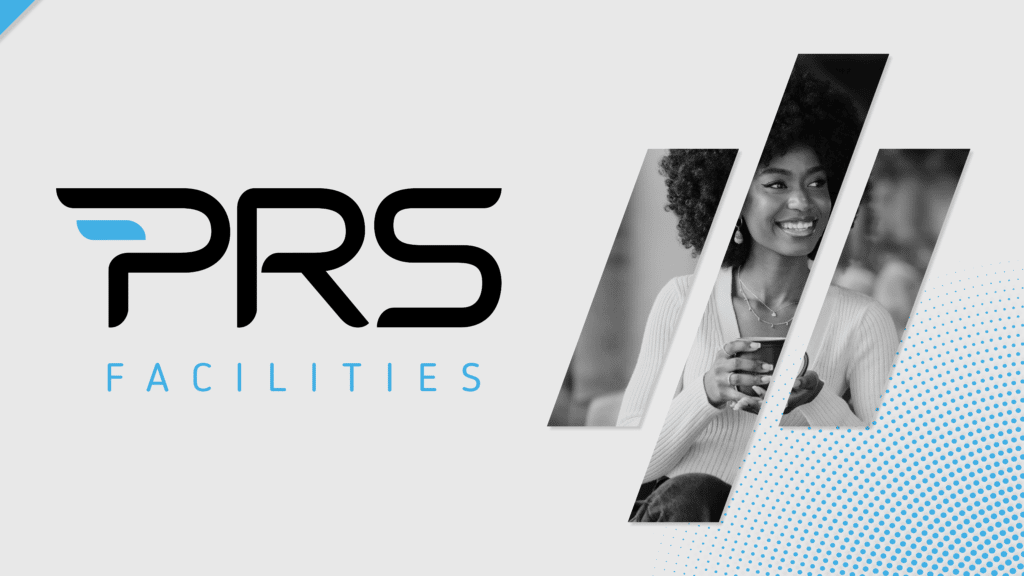Paternity Leave in the United States: What Employers and Employees Need to Know
Balancing work and family responsibilities is challenging, and the need for paternity leave has gained significant attention in recent years. Paternity leave offers fathers and partners time off to care for their newborns or newly adopted children, fostering family bonding and promoting work-life balance. For employers, understanding the nuances of paternity leave policies can enhance workplace satisfaction and attract top talent.
What Is Paternity Leave?
Paternity leave is the time fathers or non-birthing partners take off from work to care for a new child. Currently, there is no federal law mandating paid paternity leave. The Family and Medical Leave Act (FMLA) provides eligible employees with up to 12 weeks of unpaid leave for family and medical reasons, including the birth or adoption of a child.
Key Features of Paternity Leave:
- Eligibility Under FMLA: Employees must have worked for their employer for at least 12 months and clocked at least 1,250 hours in the previous year.
- Unpaid Leave: Most paternity leave in the U.S. is unpaid unless provided through state programs or company policies.
- State-Specific Laws: Certain states, such as California, New York, and New Jersey, have enacted paid family leave programs.
Why Paternity Leave Matters
The benefits of paternity leave extend beyond the individual employee. Offering paternity leave can positively impact workplace culture, employee satisfaction, and overall productivity.
- Strengthened Family Bonds: Fathers who take paternity leave often develop deeper connections with their children.
- Workplace Equality: Paternity leave promotes gender equality by normalizing caregiving roles for all parents.
- Employee Retention: Companies offering paid leave are more likely to retain employees who value work-life balance.
Employer Considerations for Paternity Leave
Employers aiming to implement or improve their paternity leave policies should consider legal compliance, employee needs, and competitive benefits.
- Understand Legal Obligations: Familiarize yourself with FMLA requirements and state-specific regulations.
- Develop a Clear Policy: Outline eligibility criteria, leave duration, and whether the leave is paid or unpaid.
- Promote Awareness: Educate employees about their rights and the availability of paternity leave.
States Offering Paid Paternity Leave
While federal law does not mandate paid paternity leave, several states have implemented paid family leave programs that provide partial wage replacement for eligible employees.
- California: Offers up to eight weeks of paid family leave through the Paid Family Leave (PFL) program.
- New York: Provides up to 12 weeks of paid leave under the Paid Family Leave Act.
- New Jersey: Allows up to 12 weeks of paid family leave with partial wage replacement.
- Rhode Island and Washington: Also have paid family leave programs with varying benefits.
How Employees Can Prepare for Paternity Leave
Preparation is essential for employees planning to take paternity leave to ensure a smooth transition at work and home.
- Notify Your Employer Early: Provide sufficient notice to allow for workplace adjustments.
- Understand Your Rights: Familiarize yourself with your company’s policies and all applicable laws in the state.
- Plan Finances: If your leave is unpaid, create a budget to cover expenses during your time off.
Challenges and Opportunities
The lack of federal mandates for paid paternity leave presents challenges for many families, particularly those in low-income households. However, the growing recognition of its importance is driving change. Employers have an opportunity to lead by offering competitive benefits, fostering loyalty, and promoting a positive company culture.
Paternity leave is a vital component of a modern workplace, offering benefits extending beyond individual families to enhance overall workplace satisfaction. With an understanding and supportive paternity leave policy, employers and employees can work together to create a balanced and inclusive working environment.
Share Article
Related Articles

What are technical skills?
You may have heard of soft skills and hard skills; soft skills are personal attributes that help individuals interact effectively with others. These skills are often more complicated to measure but are crucial for teamwork and workplace success. On the other hand, hard skills are specific, teachable abilities that can be measured and learned through…

Data Centre Trends and Challenges for 2025: A Recruitment Expert’s Perspective
The data centre industry is at a pivotal moment. The rapid evolution of technology in 2025 has created a surge in the demand for digital infrastructure, shifting workforce dynamics and reshaping the digital landscape. For professionals in the data centre sector—whether engineers, project managers, or technicians—the opportunities are vast, but so are the challenges. At…
